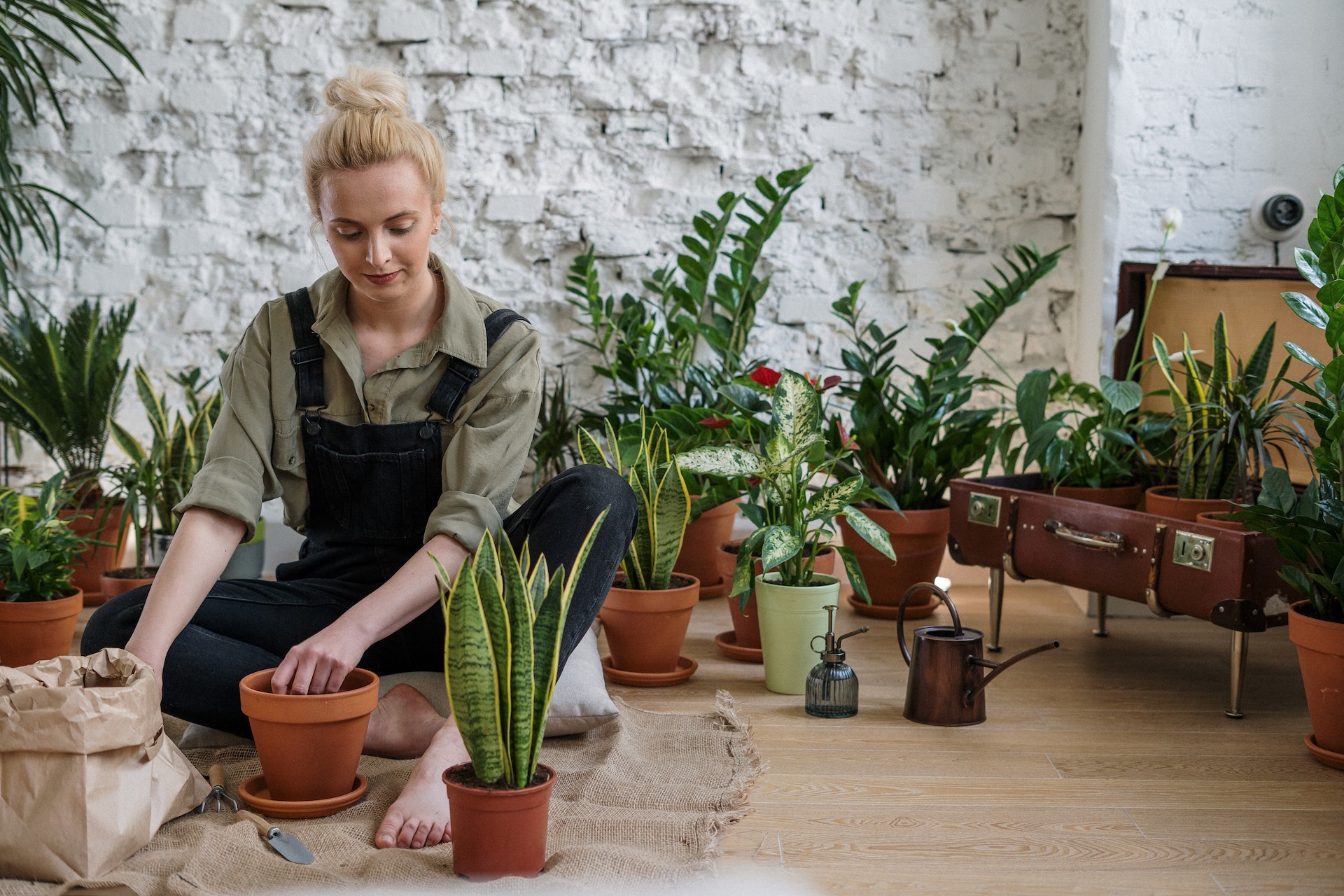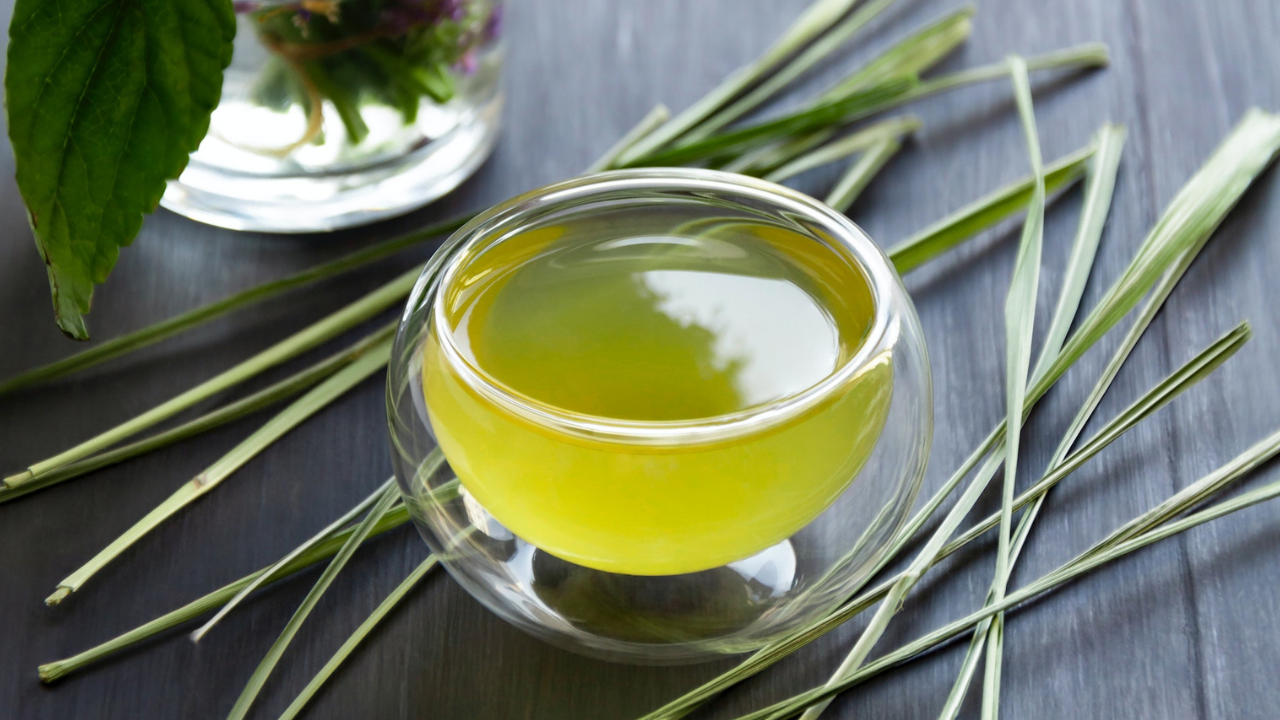How to grow coriander at home
Gardeners of all skill levels can enjoy and benefit from growing coriander in their own yards. It is additionally an extremely helpful herb in cooking, but it is also remarkably simple to grow. We’ll outline ways to grow coriander at home in the following article, from choosing the best container to gathering your first crop of fragrant, fresh leaves.
Choosing the Right Pot
The first step in growing coriander indoors is selecting an appropriate pot. Since coriander can be grown in just about any container, it’s essential that you pick one that will fit the plant’s roots. Growing coriander at home needs a pot that’s at least 6 to 8 inches deep and broad.
Preparing the Soil
The optimum pH value for growing coriander is between 6.0 and 6.8, along with good drainage. To prepare the soil, combine equal parts of sand, potting soil, and compost. While compost provides nutrients for the plant to develop, sand permits the soil to stay dry. A clear container or clay vase must have roughly a centimeter of room at the top when the soil mixture gets put inside.
Planting Coriander Seeds
Coriander seeds are available in garden centers and online. To encourage sprouting, soak all of the seeds in water for between 18 and 24 hours before transplanting. The seeds should be sown in the soil one to two inches apart, at a depth of a quarter of an inch. Sprinkle some earth over the seeds after lightly watering the pot.
Providing the Right Environment: How to grow coriander at Home
For coriander to flourish, a warm, sunny atmosphere is necessary. The ideal temperature range for the plant is between 60 and 75 °F, and it needs at least six hours of sunlight each day. Consider utilizing a grow lamp to complement natural light if you are in a region with less sunlight or a colder temperature.
Watering and Fertilizing
For proper growth, coriander needs constant wetness. Regularly water the plant, making sure the soil is moist but not soggy. Allow the soil to gradually dry out in between waterings. Every two weeks, fertilize the coriander plant with a balanced liquid fertilizer.
Harvesting Coriander
At about 6 inches tall, the plant is ready to harvest its leaves. Snip the outer leaves using scissors, keeping the inside leaves whole. This promotes new growth and guarantees that the plant will continue to produce new leaves.
In conclusion, growing coriander at home is a straightforward process that is pleasant and involves little work. You can grow fresh coriander and use the flavorful leaves in your cookery by following these detailed instructions. Enjoy your garden!

The benefits of coriander:
Coriander also referred to as cilantro or Chinese parsley, is commonly found in dishes all around the world. It is used in many different foods, including soups, stews, curries, and salsas, and has a zingy, lemony flavor. But did you understand that coriander also offers many kinds of health advantages?
Plenty of nutrients
Among the many different vitamins and minerals present in coriander are vitamins C, K, and potassium. In addition, it has traces of magnesium, calcium, and phosphorus. Eating coriander will ensure you obtain the vital minerals and vitamins your body needs to function successfully.
Possible digestive assistance
Modern study confirms the efficacy of coriander, which has been used for millennia as a digestive aid. It has been demonstrated to aid in promoting the synthesis of digestive enzymes, which might enhance food breakdown and lessen gastrointestinal symptoms. Additionally, coriander contains anti-inflammatory qualities that might ease gastrointestinal discomfort.
Could aid in lowering blood sugar.
According to multiple studies, coriander may lower blood sugar levels. One study discovered that coriander extract assisted diabetic rats to lower their blood sugar levels, and another found the coriander seeds assisted people who have diabetes lower their blood sugar levels.
Possibility of anti-inflammatory effects
Coriander includes compounds that have been proven to have anti-inflammatory qualities. These drugs may aid persons with arthritis or inflammatory bowel disease by reducing body-wide inflammation.
Could raise cholesterol levels.
There has been some research that claims coriander may lower cholesterol levels. Consuming coriander seeds, according to one study, benefited people with their levels of “bad” LDL cholesterol. These preliminary results seem encouraging, but additional research is required to completely understand coriander’s impact on cholesterol.
Could possess antimicrobial qualities
Elements in coriander have been shown to have antibacterial properties. These parts might support the body’s immune system against infectious microorganisms, avoid infections, and improve general health.
Could possess anti-cancer qualities
There has to be more research, although some studies have indicated that coriander may have anti-cancer qualities. One study discovered that coriander extract reduced the growth of cancer cells in culturing. Although it’s important to keep in mind that laboratory studies may not always translate to human subjects, these early findings are encouraging.













